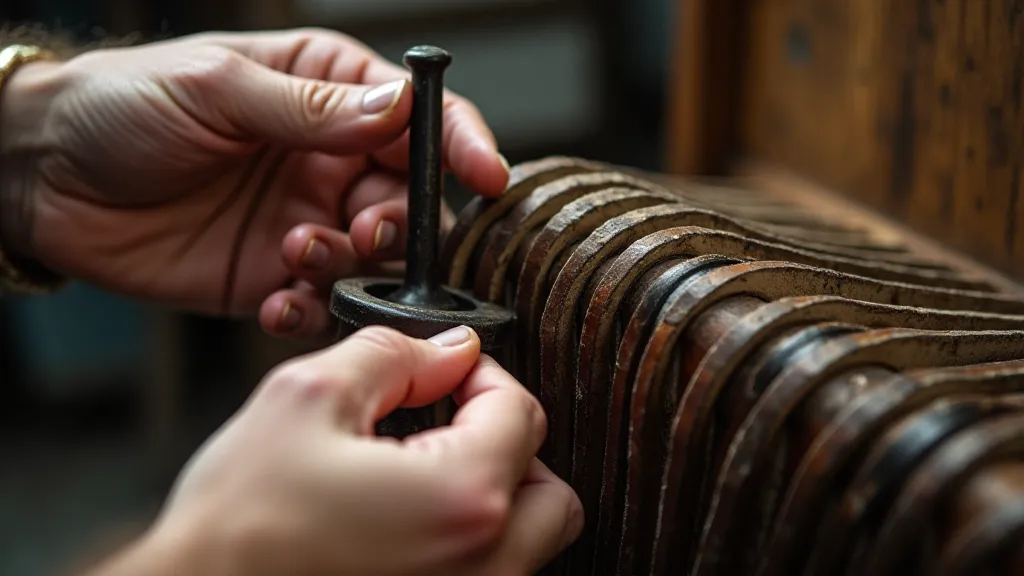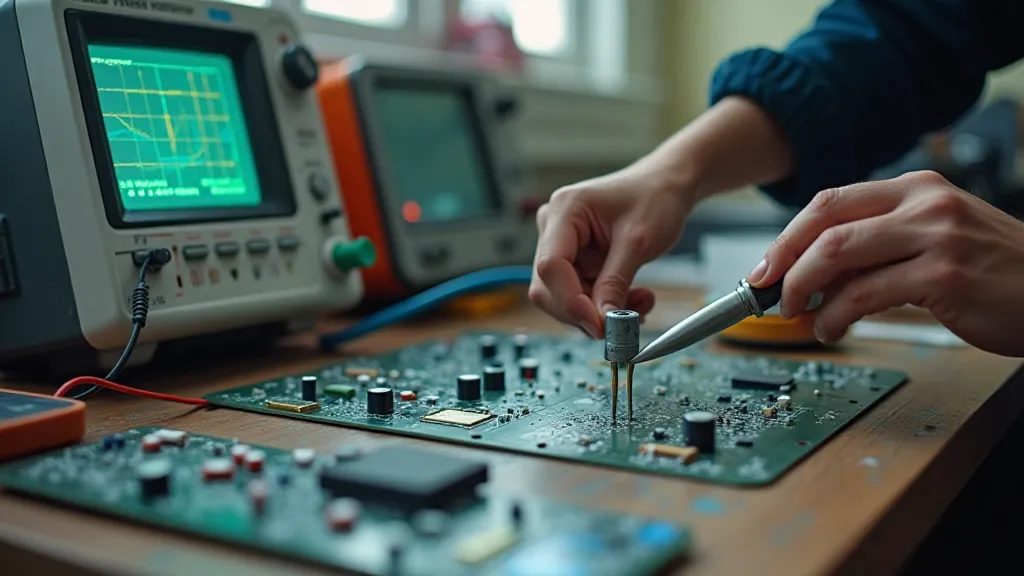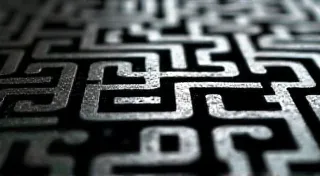Beyond the Breadboard: Optimizing Circuit Performance for Real-World Applications
There’s a certain romance to the breadboard. It’s a boundless playground for electronics enthusiasts, a place where fleeting ideas spark into temporary existence. I remember the thrill of building my first simple LED blinker, the satisfying click of components falling into place. It felt magical, almost akin to the intricate workings of an antique accordion I once restored. That accordion, a Hohner Victoria from the 1920s, was a masterpiece of precision engineering and craftsmanship – each reed painstakingly shaped and tuned, each bellows carefully stitched. Bringing it back to life felt like uncovering a secret language, a testament to the ingenuity of a bygone era. But like a breadboard circuit, that initial restoration was just the beginning. To truly endure, the accordion needed more than just functionality; it needed robustness and longevity.
The transition from a working breadboard prototype to a reliable, real-world application isn’s just about shrinking the circuit onto a PCB. It's a fundamental shift in mindset, a deeper engagement with the physics and intricacies of electrical behavior. The forgiving nature of the breadboard hides many imperfections that become painfully obvious when a circuit is subjected to the stresses of everyday use. Just as the slightest misalignment of a reed can ruin the tone of an accordion, seemingly minor design flaws can cripple an electronic project.

Power Management: More Than Just a Battery
On a breadboard, power is often an afterthought. A 9V battery will do for demonstrating a simple circuit. But what about a project that needs to run for weeks on a coin cell or operate reliably in a noisy industrial environment? Power management becomes critical. This isn’t simply about choosing the right voltage source; it’s about efficiency and stability. Voltage regulation is a cornerstone. Linear regulators are easy to use but dissipate heat, impacting efficiency. Switching regulators, while more complex, offer significantly higher efficiency, crucial for battery-powered devices. Beyond regulation, consider quiescent current – the current consumed by the circuit when it’s idle. Minimizing this is essential for extending battery life. For the accordion, think about the quality of the leather for the bellows; cheap materials degrade quickly, requiring frequent replacement. The same principle applies to component selection in electronics – prioritize quality and longevity, even if it means a slightly higher initial cost. Careful consideration of power management strategies often involves analyzing potential sources of interference and how to mitigate them, which can sometimes feel like solving interference and noise in a complex system.
Signal Integrity: Keeping the Noise Down
Signal integrity refers to the quality of electrical signals as they travel through a circuit. Breadboards, with their exposed wires and imperfect connections, are notorious for introducing noise and distortion. Reflections, crosstalk, and ringing are common problems that can manifest as erratic behavior or complete failure. Moving to a PCB significantly improves signal integrity, but the design itself is paramount. Trace impedance matching, proper grounding techniques, and controlled impedance traces become essential considerations. Imagine the frustration of tuning an accordion and finding that one reed consistently produces a discordant note, no matter how much you adjust it. That’s analogous to signal degradation – you’re fighting against inherent flaws in the system. Successfully managing signal integrity can also involve creating custom enclosures to shield sensitive components, a task not unlike the sculptor's hand shaping the perfect form.
Decoupling capacitors are your best friend. They act as local reservoirs of energy, providing instantaneous current to ICs and suppressing voltage fluctuations. Careful placement and value selection are crucial. The "star grounding" technique, where all ground connections converge at a single point, minimizes ground loops and reduces noise. Shielding sensitive circuits with metal enclosures can also provide a significant improvement in signal integrity. Just as a skilled accordion repairer would carefully address every microscopic tear in the bellows to prevent air leaks, a meticulous electronics designer addresses every potential source of noise and interference.
Noise Reduction: The Silent Pursuit
Noise isn’t just about electrical interference; it’s also about unwanted signals that mask the intended information. This can be caused by electromagnetic interference (EMI), thermal noise, or even mechanical vibrations. In the digital realm, noise manifests as errors in data transmission. Analog circuits are especially susceptible – a tiny amount of noise can drown out a weak signal. Filtering is the primary tool for noise reduction. Low-pass filters remove high-frequency noise, while high-pass filters remove low-frequency noise. Active filters, which use op-amps, offer more precise filtering characteristics than passive filters. The restoration of that antique accordion taught me that even the smallest imperfection can affect the overall performance. A loose screw, a slightly worn valve – each contributes to a less-than-perfect sound.

Differential signaling, where signals are transmitted as the difference between two voltages, is inherently less susceptible to common-mode noise. Careful layout techniques, such as minimizing loop areas and separating analog and digital grounds, can also significantly reduce noise. Even seemingly innocuous things like the type of wire used can impact noise performance – twisted-pair wires provide better noise immunity than single-wire conductors. Sometimes, capturing and recreating historical audio can reveal unexpected insights into the effects of environmental noise and signal degradation; it’s a fascinating intersection of electronics and history, akin to using microcontrollers to preserve and recreate historical sounds.
Beyond the Technical: Craftsmanship and Longevity
Ultimately, optimizing circuit performance isn’s just about applying technical formulas and following design rules. It’s about a deeper understanding of the underlying principles and a commitment to craftsmanship. Just as a master accordion maker pours their heart and soul into their creation, an electronics engineer strives for excellence in every aspect of the design. The goal isn’t just to build a circuit that works; it’s to build a circuit that will last – a circuit that will perform reliably for years to come. That antique Hohner Victoria serves as a constant reminder: true longevity isn’t achieved through shortcuts or compromises. It’s the result of meticulous attention to detail, a profound respect for the materials, and a genuine desire to create something truly exceptional.
The complexities of electronic design extend far beyond simple circuit analysis; they encompass considerations of material science, signal processing, and even the subtle art of enclosure design. A well-crafted electronic device isn’t just a collection of components; it's a testament to human ingenuity and a blend of technical expertise and artistic sensibility. Like a finely tuned instrument, it should evoke a sense of wonder and inspire a connection between the user and the underlying technology.

The transition from the carefree experimentation of a breadboard to the focused precision of a real-world application is a journey, a process of refinement and learning. It's a shift in perspective, from the whimsical playfulness of exploring new ideas to the disciplined pursuit of reliable performance and enduring quality. Just as the enduring beauty of a handcrafted accordion is a reflection of the skill and dedication of the maker, a well-designed electronic circuit is a testament to the power of human ingenuity and dedication. The pursuit of perfection in both fields requires patience, perseverance, and a deep appreciation for the materials and processes involved. It’s a constant striving for improvement, a willingness to learn from mistakes, and a commitment to creating something that will stand the test of time. The blend of artistry and engineering that defines both the creation of a musical instrument and the design of an electronic device is a powerful reminder of the interconnectedness of these seemingly disparate fields.





